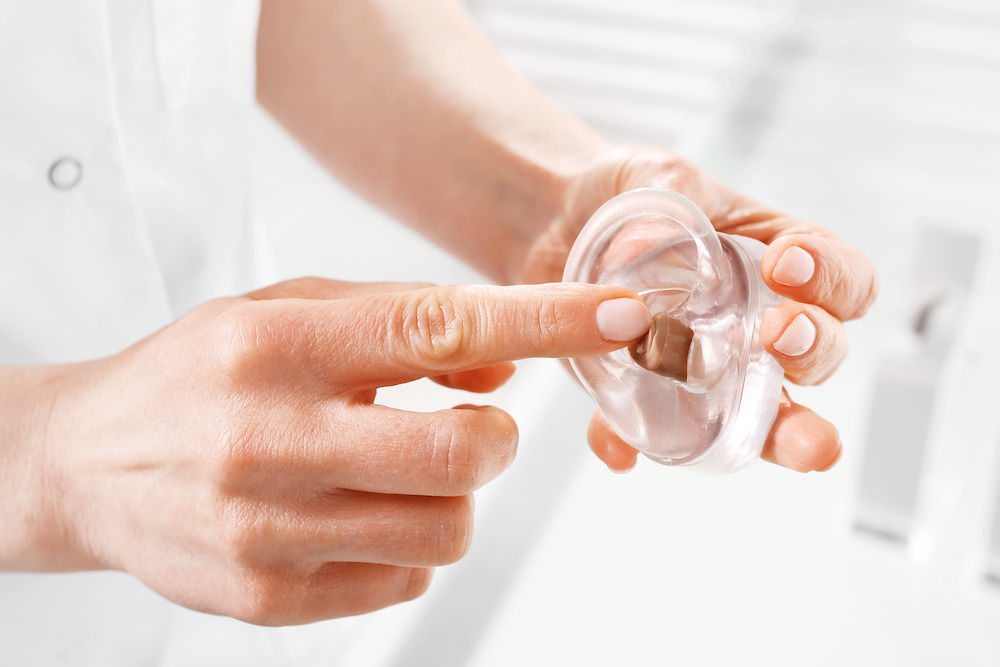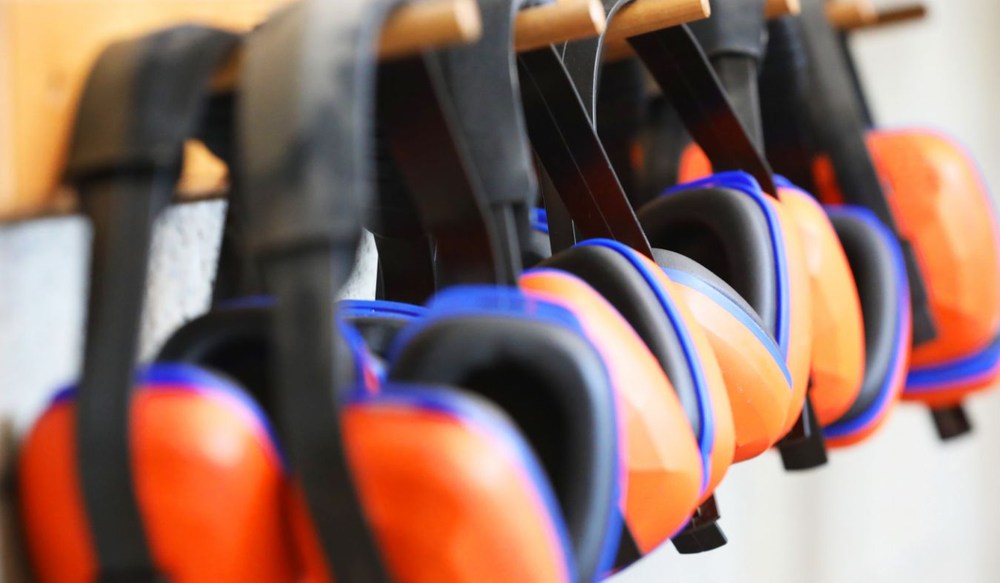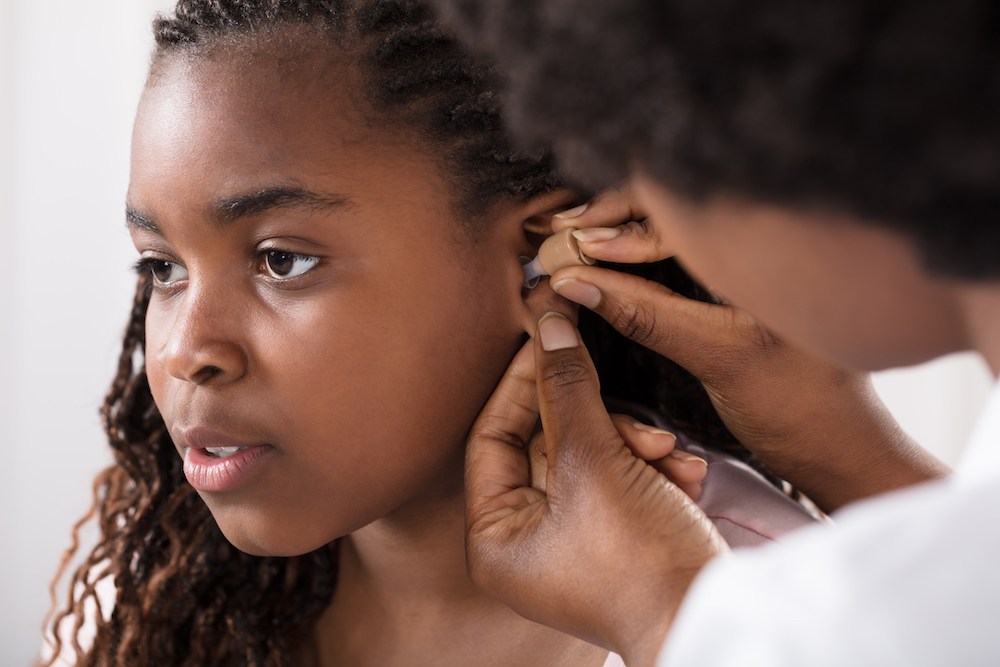What Young Adults Should Know About Hearing Protection
Hearing protection might not be something most young adults think about,
We’re Hiring! Click Here to Learn More About Our Career Opportunities →

Hearing aids, just like any other device, occasionally develop issues sometimes because of poor maintenance or age. When you start feeling uncomfortable when wearing the device or sounds are not clear, talk to your audiologist.
When experiencing distorted sounds, whistling or no sound at all, it’s time to have the device checked. However, proper maintenance keeps the hearing aid working efficiently for a long time.
First, make sure you properly clean the hearing aid with a suitable agent recommended by the audiologist. Also, don’t shower, swim or leave them in water for too long unless they are water-resistant. Also, very hot or cold weather may damage the parts. How else do you prolong the hearing aid’s life:
Here are three common causes of hearing aid repairs:
If you feel uncomfortable whenever you wear the device, you’ve probably inserted it wrongly, or it’s a wrong fit. This usually happens when you’ve had the device for a long time, and it no longer perfectly fits as it used before because your body goes through changes all through life, even in adulthood. When the device doesn’t fit well, talk to your audiologist for a readjustment.
Sometimes, a new mold must be designed, which might take a little longer, but the wait is better than using uncomfortable hearing aids. Also, because it doesn’t fit correctly, you won’t hear well as the sound doesn’t reach the eardrum.
If you use a behind-the-ear hearing aid (BTE), the tubes that transmit sound to the ear canal can become less effective if they get worn out, broken, cracked or blocked. When the tube cracks, the sound leaks out, making the device less effective.
It’s easy to correct this problem as all you need is to replace the tube. Talk to your audiologist when you suspect the tube has a problem. The specialist will recommend the right size and fit and even replace it for you.
Wearing hearing aids, especially in-the-ear (ITE) hearing aids, causes the wax to build up faster as the natural elimination process is blocked. The wax can get into the device, interfering with sound transmission. It can block the microphone, tubes, receivers and other delicate parts.
Make sure the device has a wax filter and change it regularly. Also, note that wax build up in your ears can lead to tinnitus. When wax accumulates on the device, especially in the microphones, it causes hearing aid feedback.
Whenever you detect a change in your device’s performance, consult your audiologist for a quick solution. Unresolved issues will affect your ability to hear and extensively damage the device. You might also expose your ears to more problems when using a faulty device.

Hearing protection might not be something most young adults think about,

Hearing loss usually starts gradually, making it hard to notice right

Choosing the right hearing aid for your needs is about more than just